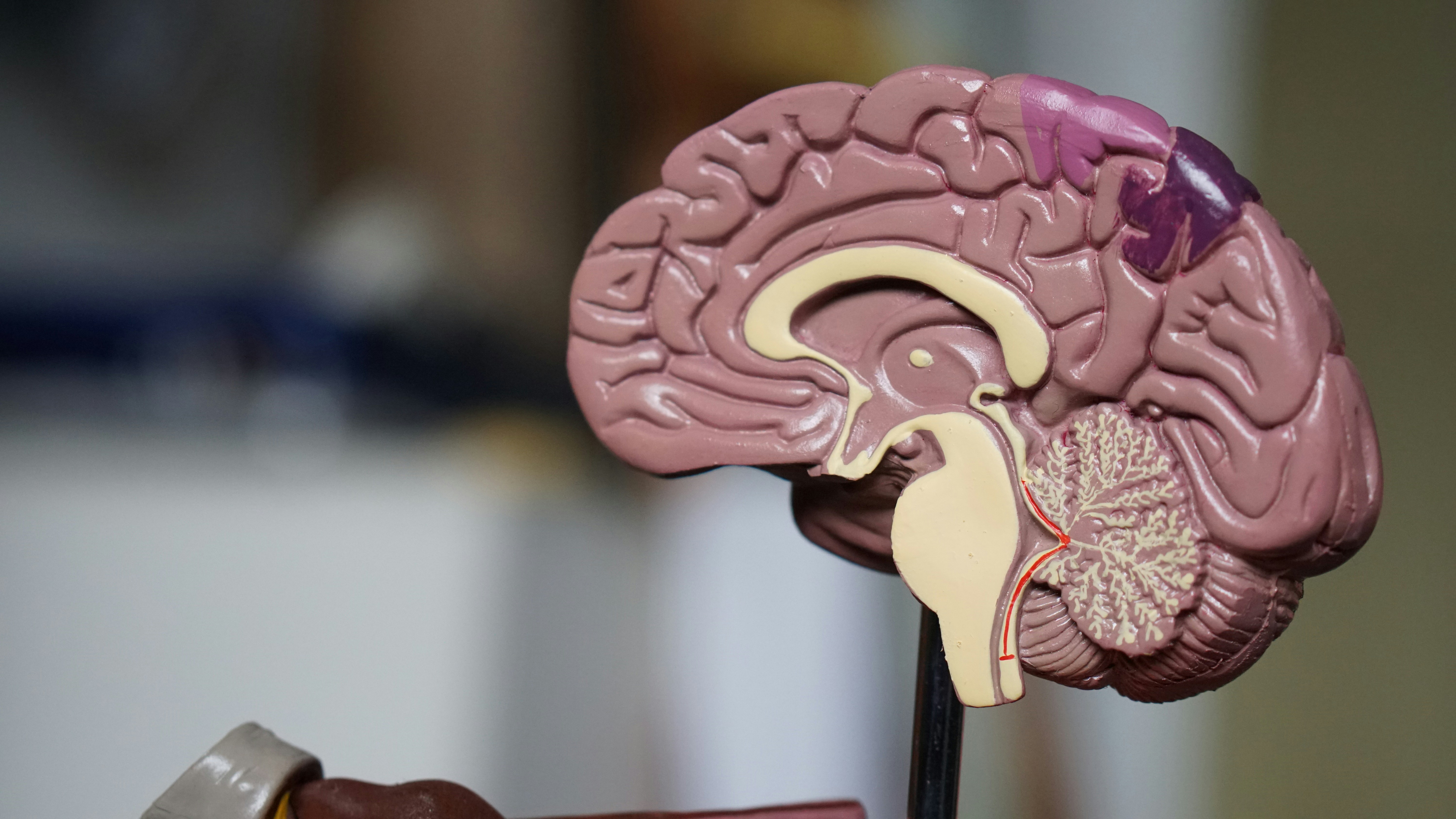Neuroplasticity-Based Cognitive Enhancement: Rewiring Your Brain for Peak Performance
The human brain, once thought to be a static organ, is now known to be incredibly adaptable. This remarkable ability, called neuroplasticity, holds the key to unlocking our cognitive potential. But how can we harness this power to boost our mental capabilities and achieve peak performance?

The concept of neuroplasticity was first introduced by Polish neuroscientist Jerzy Konorski in 1948. However, it wasn’t until the 1960s and 1970s that researchers began to explore this phenomenon in depth. Pioneers like Michael Merzenich and Jon Kaas conducted groundbreaking studies that demonstrated the brain’s capacity for change.
Recent advancements in neuroimaging techniques have allowed scientists to observe neuroplasticity in action. These studies have revealed that the brain can rewire itself in response to various stimuli, including learning new skills, recovering from injuries, and adapting to sensory deprivation.
Cognitive Enhancement Through Neuroplasticity
Harnessing neuroplasticity for cognitive enhancement involves engaging in activities that challenge the brain and promote the formation of new neural connections. This process can lead to improved memory, faster processing speed, and enhanced problem-solving abilities.
One effective method for promoting neuroplasticity is cognitive training. This involves engaging in specific exercises designed to target and improve various cognitive functions. Studies have shown that cognitive training can lead to significant improvements in working memory, attention, and executive function.
Another approach is learning new skills. When we acquire a new skill, our brain forms new neural pathways to accommodate this knowledge. This process not only enhances our abilities in that specific area but also promotes overall cognitive flexibility.
The Role of Physical Exercise in Brain Plasticity
Physical exercise has been shown to have a profound impact on neuroplasticity. Regular aerobic exercise increases the production of brain-derived neurotrophic factor (BDNF), a protein that promotes the growth and survival of neurons.
A study published in the Proceedings of the National Academy of Sciences found that aerobic exercise can increase the size of the hippocampus, the brain region involved in verbal memory and learning. This research provides strong evidence for the cognitive benefits of physical activity.
Moreover, exercises that combine physical and cognitive challenges, such as dance or martial arts, may be particularly effective in promoting neuroplasticity. These activities require the brain to form new neural connections as it learns complex movement patterns while simultaneously engaging in cognitive tasks.
Nutrition and Neuroplasticity
Diet plays a crucial role in supporting neuroplasticity. Certain nutrients are essential for brain health and can enhance the brain’s ability to form new neural connections.
Omega-3 fatty acids, found in fatty fish, walnuts, and flaxseeds, are crucial for brain health. These healthy fats help to build and repair brain cells and have been linked to improved cognitive function.
Antioxidants, such as those found in berries, dark chocolate, and green tea, protect brain cells from oxidative stress and may enhance neuroplasticity. A study published in the Annals of Neurology found that women who consumed more berries experienced slower rates of cognitive decline.
Other brain-boosting nutrients include vitamin E, found in nuts and seeds; vitamin B12, found in animal products; and choline, found in eggs and soybeans. These nutrients support various aspects of brain health and function.
Mindfulness and Brain Plasticity
Mindfulness meditation has emerged as a powerful tool for promoting neuroplasticity. This practice involves focusing one’s attention on the present moment, which can lead to changes in brain structure and function.
Research has shown that long-term mindfulness practice can increase gray matter density in brain regions associated with learning, memory, and emotional regulation. A study published in Psychiatry Research: Neuroimaging found that participants who completed an eight-week mindfulness program experienced increased gray matter in the hippocampus.
Moreover, mindfulness has been shown to reduce activity in the amygdala, the brain region associated with stress and anxiety. This suggests that mindfulness can not only enhance cognitive function but also promote emotional well-being.
Neuroplasticity-Boosting Strategies
-
Engage in regular cognitive training exercises
-
Learn a new language or musical instrument
-
Practice mindfulness meditation for at least 10 minutes daily
-
Incorporate aerobic exercise into your routine
-
Consume a diet rich in omega-3 fatty acids and antioxidants
-
Challenge your brain with complex physical activities like dance or martial arts
-
Get adequate sleep to support brain health and plasticity
In conclusion, neuroplasticity offers a powerful means of enhancing cognitive function and achieving peak mental performance. By incorporating targeted activities, maintaining a healthy lifestyle, and challenging our brains in new ways, we can harness the power of neuroplasticity to rewire our brains for success. As research in this field continues to advance, we can look forward to even more innovative strategies for optimizing our cognitive potential.






